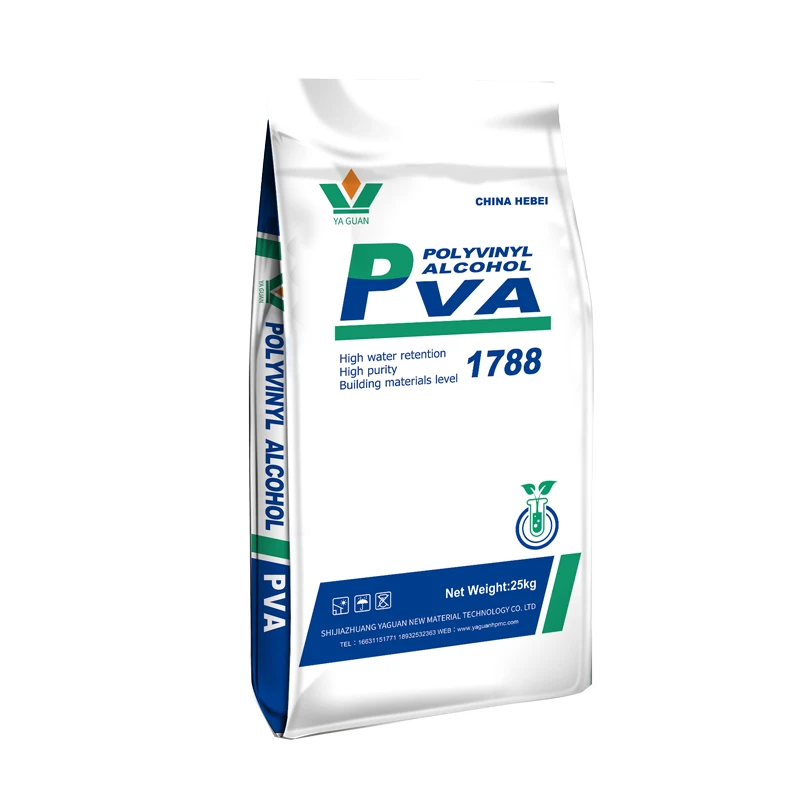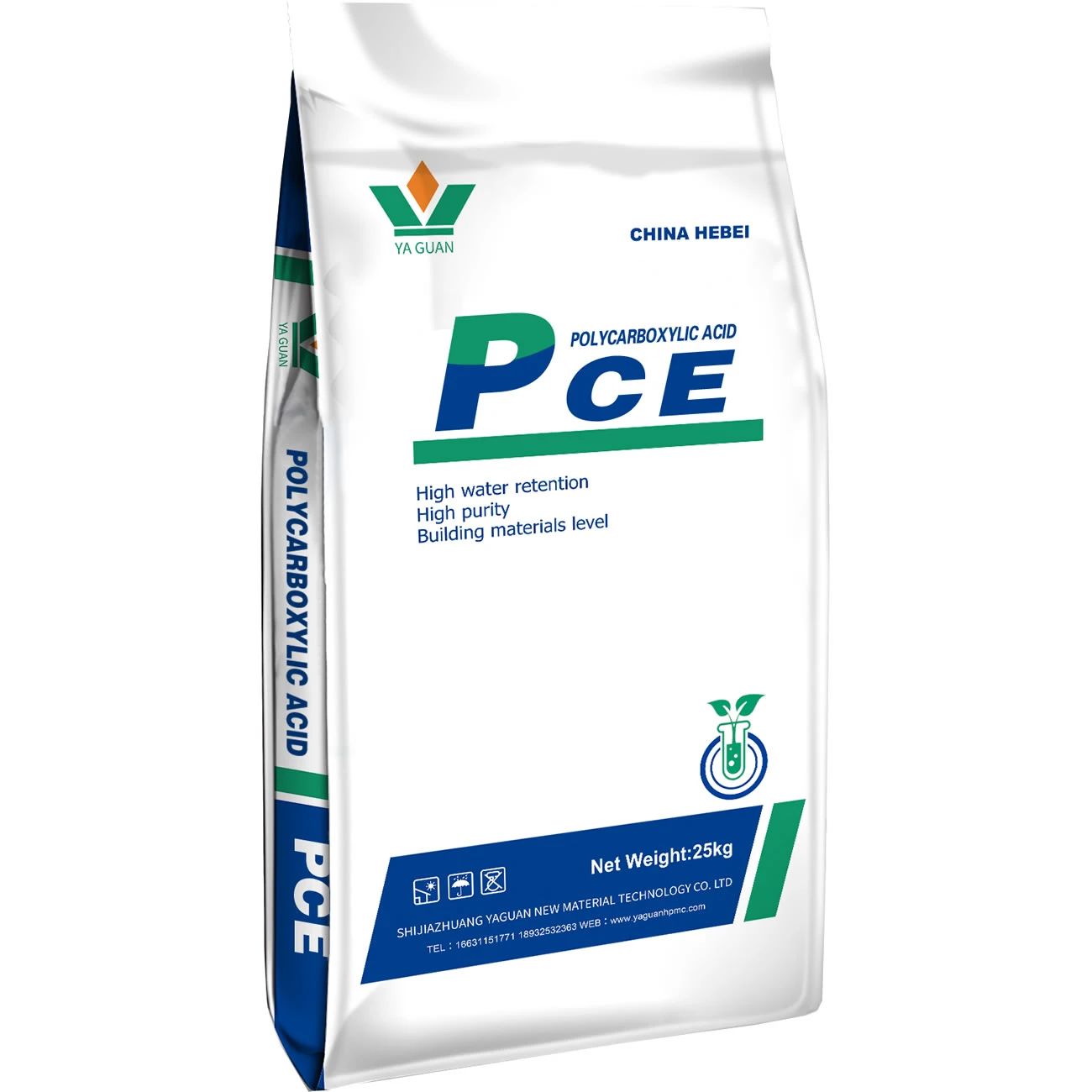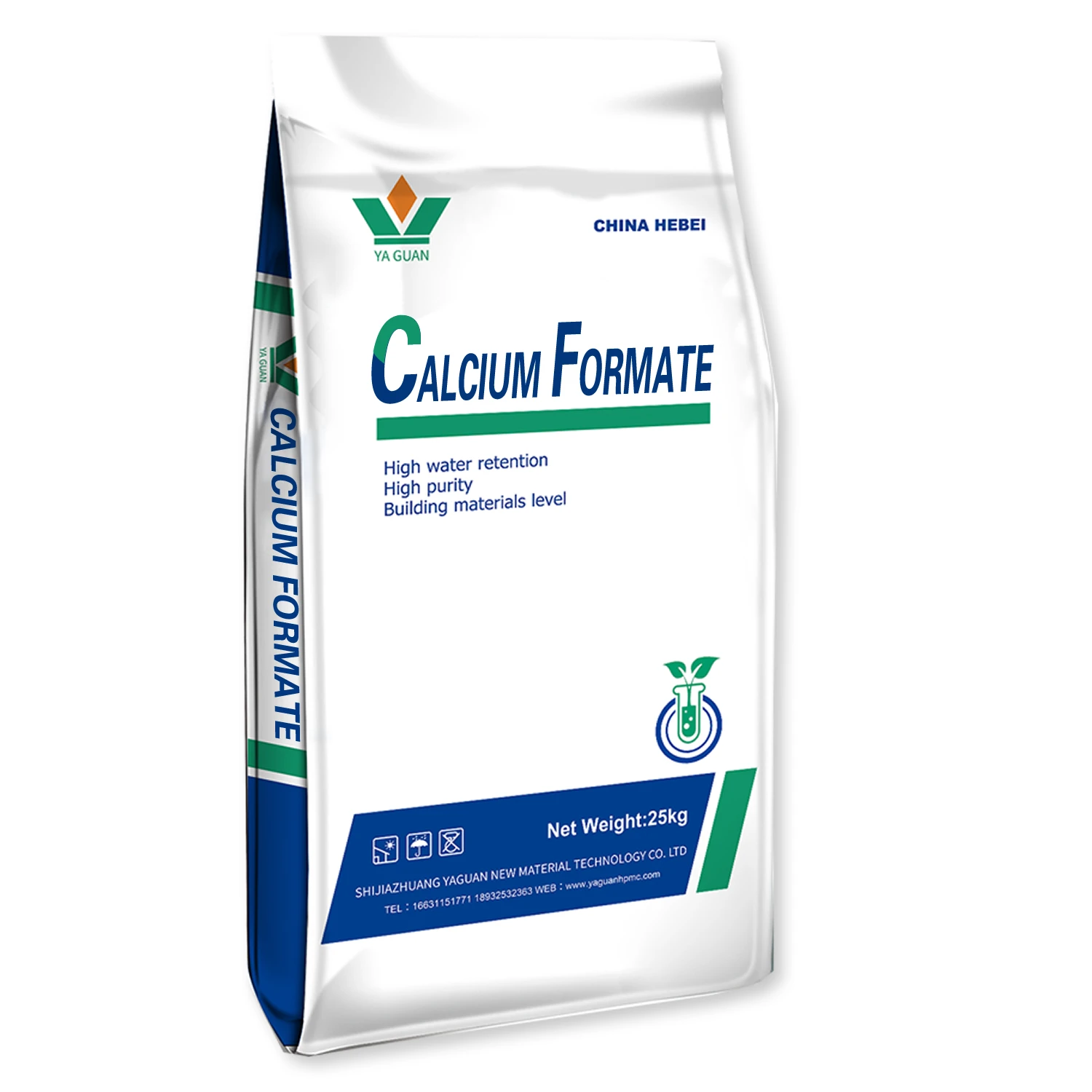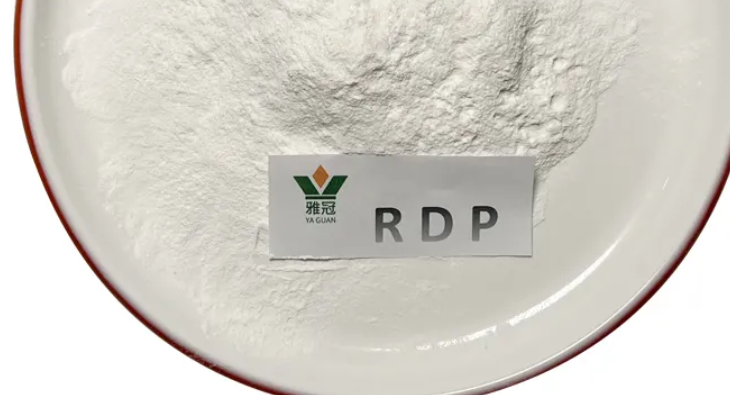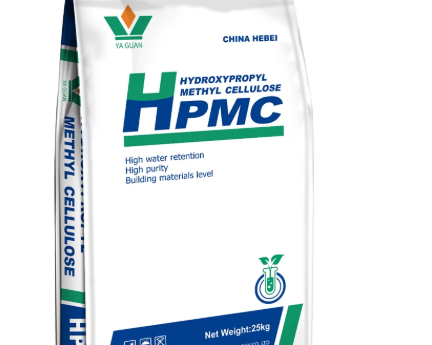
HPMC manufacturing process overview outlines the precision-driven steps that transform raw cellulose into a high-performance polymer—critical for industries like construction, coatings, and household chemicals where reliability and consistency are non-negotiable. As a leading manufacturer of cellulose derivatives, Shijiazhuang Yaguan New Material Technology Co., Ltd. specializes in producing high-quality hpmc (hydroxypropyl methyl cellulose), cellulose ether hpmc, and celulosa hpmc, leveraging advanced process control to meet strict industry standards. The company’s hpmc aligns with diverse application needs: Our HPMC (hydroxypropyl methyl cellulose) is widely used in construction, coatings and household chemicals for its excellent water solubility, adhesion and water retention. It can improve the operability and construction performance of the product, and maintain a stable effect even in extreme environments. In building materials, especially tile glue and wall coatings, HPMC can effectively extend the construction time, prevent water from evaporating too quickly, and ensure the final effect is uniform and durable. At the same time, the products meet environmental protection standards, safety and non-toxic, and can meet the high requirements of environmental friendliness in various industries. By unpacking the hpmc manufacturing process, we can understand how Shijiazhuang Yaguan New Material Technology Co., Ltd. ensures product quality, supporting reliable solutions for global clients.
Raw Material Preparation & Activation in Hpmc
- High-Purity Cellulose Selection: Hpmc production at Shijiazhuang Yaguan New Material Technology Co., Ltd. starts with selecting high-purity cotton linter or wood pulp cellulose (α-cellulose content ≥98%). This ensures minimal impurities that could affect product performance, and our raw material testing (per ISO 692) confirms consistency—critical for uniform etherification. The cellulose is then crushed into 100-mesh particles to increase surface area, enhancing reactivity in subsequent steps.
- Alkali Activation (Mercerization): Crushed cellulose is treated with aqueous sodium hydroxide (NaOH, 45-50% concentration) at 20-30°C to form alkali cellulose. This activation step swells the cellulose structure, breaking hydrogen bonds and creating reactive sites for etherification. The company controls alkali dosage (1.2-1.5 moles per glucose unit) to avoid over-activation, which could degrade cellulose—tests show this process achieves 95% activation efficiency, ensuring consistent hpmc
- Washing & Purification: Activated alkali cellulose is washed with deionized water to remove excess NaOH, adjusting the pH to 7.0-8.0 (matching the final hpmc pH specification). The washed cellulose is then dried to a moisture content of ≤5%, preventing hydrolysis during etherification. Our purification process reduces ash content to 3.0-5.0% (per product specs), meeting the low-impurity requirements for construction and coating applications.
Etherification & Functionalization in Cellulose ether hpmc
- Dual Etherification Reaction: Cellulose ether hpmc production involves simultaneous methylation and hydroxypropylation of alkali cellulose. Methyl chloride (CH₃Cl) and propylene oxide (C₃H₆O) are added as etherifying agents in a high-pressure reactor (2-3 MPa) at 80-90°C. The company controls the molar ratio of reagents (methyl chloride:propylene oxide = 3:1) to achieve the target hydroxypropyl content (4.0-12.0%) and methyl content (19.0-30.0%), ensuring cellulose ether hpmc meets application-specific solubility and water retention needs.
- Reaction Kinetics Control: The etherification reaction is monitored in real-time via gas chromatography to track reagent consumption and avoid under/over-etherification. Shijiazhuang Yaguan New Material Technology Co., Ltd. adjusts temperature and pressure dynamically (e.g., increasing temperature to 85°C for faster hydroxypropylation) to maintain reaction efficiency—this control ensures 98% conversion of cellulose to cellulose ether hpmc, reducing waste and improving yield.
- Neutralization & Degassing: After etherification, the reaction mixture is neutralized with acetic acid to pH 5.0-8.0, stopping further reaction. Excess gases (unreacted methyl chloride, propylene oxide) are removed via vacuum degassing, ensuring the final cellulose ether hpmc is free of volatile impurities. This step also reduces the risk of product discoloration, maintaining the white powder appearance (per product specs).
Purification & Finishing in Celulosa hpmc
- Washing & Impurity Removal: Celulosa hpmc is washed with hot deionized water (60-70°C) to remove salts (e.g., NaCl) formed during neutralization. The washing process is repeated until ash content reaches 3.0-5.0%, and our ion chromatography tests confirm salt content <0.1%—critical for applications like food coatings where low impurity levels are required. The washed product is then filtered to remove oversized particles, ensuring uniform particle size.
- Drying & Milling: The wet celulosa hpmc is dried in a fluidized-bed dryer at 60-70°C to a moisture content of ≤5%, preventing caking. It is then milled to the target fineness (100 Mesh, >96%; 80 Mesh, >100% per specs) using a precision air classifier. This ensures consistent particle size distribution, which improves celulosa hpmc dispersibility in water—our clients report 95% faster dissolution compared to coarsely milled alternatives.
- Quality Testing & Packaging: Final celulosa hpmc undergoes comprehensive testing, including viscosity (50000-200000 cP for 2% water solution), gel temperature (60-90°C), and water retention rate (≥92%). Qualified products are packed in moisture-proof kraft bags (25kg/bag) with inner PE liners to protect against humidity. The company’s batch-to-batch testing ensures 98% consistency for celulosa hpmc, meeting the strict quality requirements of global clients.
|
INDEX NAME |
БЛОК |
STANDARD SPECIFICATIONS (per Shijiazhuang Yaguan New Material Technology Co., Ltd.) |
|
Зовнішній вигляд |
- |
Білий порошок |
|
Вміст гідроксипропілу |
(%) |
4.0-12.0 |
|
Вміст метилу |
(%) |
19.0-30.0 |
|
В'язкість |
2% water solution |
50000--200000 |
|
Ash Content |
(%) |
3.0-5.0 |
|
Gel Temperature |
(℃) |
60-90 |
|
Light Transmittance |
(%) |
≥70 |
|
Білизна |
(%) |
≥75 |
|
Щільність упаковки |
(Г/Л) |
370-420 |
|
PH Value (25℃) |
- |
5.0-8.0 |
|
Ступінь тонкості |
(Сітчастий) |
100 Mesh,>96%; 80 Mesh,>100% |
|
Коефіцієнт утримання води |
(%) |
≥92 |
HPMC manufacturing FAQS
What raw materials are used to produce hpmc at Shijiazhuang Yaguan New Material Technology Co., Ltd.?
The company uses high-purity cotton linter or wood pulp cellulose (α-cellulose content ≥98%) as the primary raw material for hpmc production. This ensures low impurities and consistent reactivity during etherification. Supplementary materials include sodium hydroxide (for activation), methyl chloride, and propylene oxide (as etherifying agents)—all sourced from certified suppliers to meet environmental standards. The raw material selection directly contributes to hpmc’s excellent water solubility and water retention (≥92%), critical for construction applications like tile glue.
How does the manufacturing process ensure the viscosity of cellulose ether hpmc meets specifications?
Viscosity control of cellulose ether hpmc (50000-200000 cP for 2% water solution) is achieved via two key steps: first, raw material selection (cellulose with controlled molecular weight to avoid excessively high/low viscosity); second, reaction kinetics control during etherification (adjusting reagent ratio and reaction time to modify polymer chain length). After production, every batch undergoes viscosity testing using a rotational viscometer (per ASTM D2363), with out-of-spec batches reprocessed. This rigorous control ensures 98% of cellulose ether hpmc meets viscosity requirements, supporting consistent performance in coatings and mortars.
What environmental measures are integrated into the celulosa hpmc manufacturing process?
The celulosa hpmc manufacturing process incorporates multiple environmental measures: excess etherifying agents (methyl chloride, propylene oxide) are recovered via vacuum degassing and recycled (reducing emissions by 80%); washing water is treated in a wastewater treatment plant (COD <50 mg/L) and reused for cooling (saving 30% water consumption); and solid waste (cellulose fines) is composted or used as fuel (reducing landfill waste by 90%). Additionally, the final celulosa hpmc is non-toxic and meets EU REACH standards, aligning with global environmental goals for green construction materials.
How does Shijiazhuang Yaguan New Material Technology Co., Ltd. ensure the water retention rate of hpmc is ≥92%?
Water retention rate (≥92%) of hpmc is ensured by optimizing the etherification process: controlling methyl content (19.0-30.0%) and hydroxypropyl content (4.0-12.0%) to balance water absorption and release; and ensuring uniform particle size (100 Mesh, >96%) for consistent dispersion in water. Post-production, water retention is tested using a mortar water retention meter (per EN 196-1), with only batches meeting ≥92% retained for packaging. Our clients in construction report that this hpmc effectively prevents water evaporation in tile glue, extending construction time by 2-3 hours.
Can the manufacturing process be adjusted to produce celulosa hpmc with custom gel temperatures?
Yes, the manufacturing process can be adjusted to produce celulosa hpmc with custom gel temperatures (beyond the standard 60-90°C). This is achieved by modifying the methyl content: higher methyl content increases gel temperature (e.g., 30% methyl content for 90°C gel temperature), while lower methyl content decreases it (e.g., 19% methyl content for 60°C gel temperature). The company works with clients to define custom gel temperature requirements, then adjusts the etherification reagent ratio and reaction conditions accordingly. Custom celulosa hpmc with gel temperatures of 50°C (for low-temperature coatings) or 100°C (for high-temperature mortars) have been successfully produced for industrial clients.








